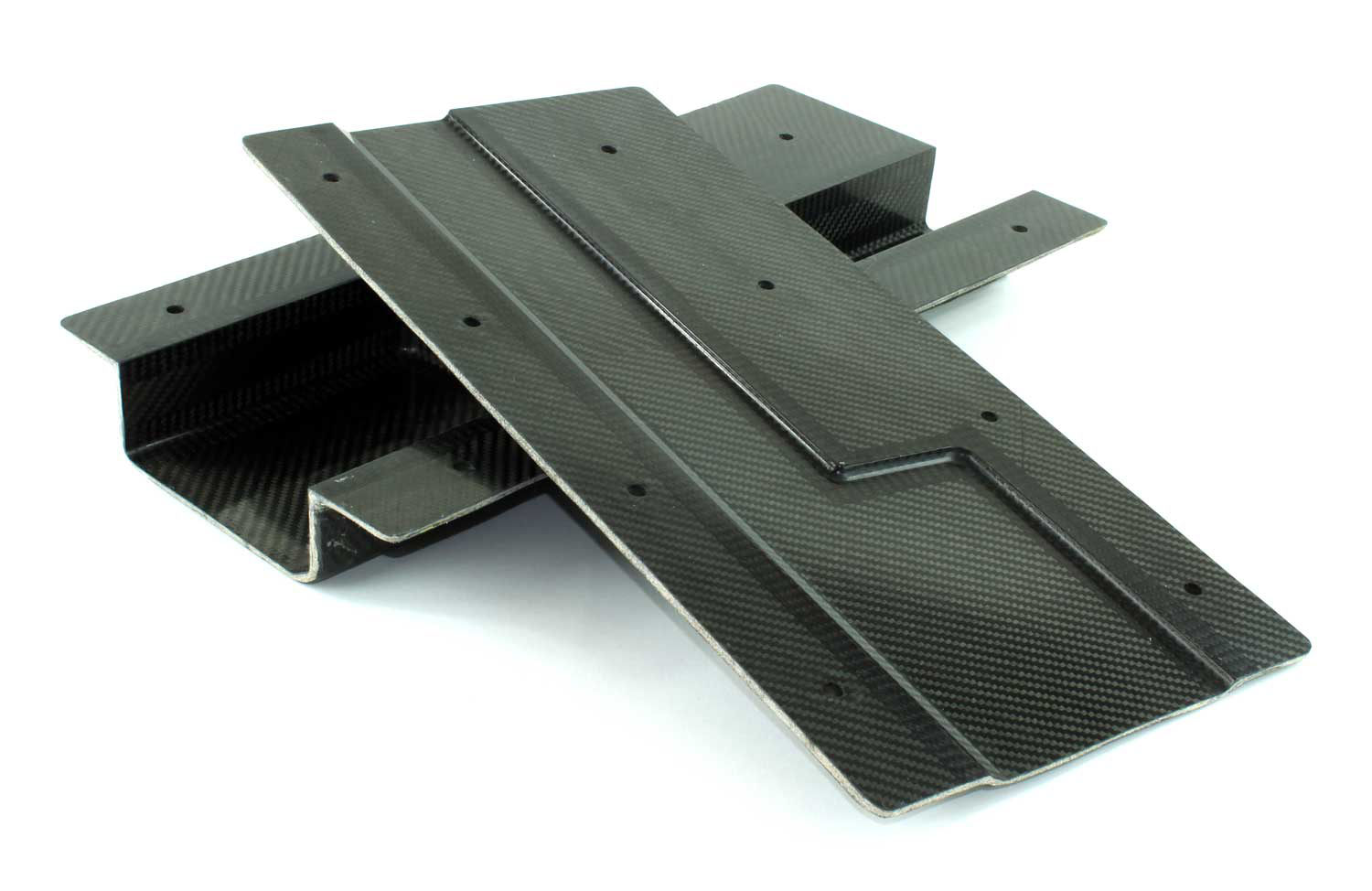
Composites Evolution has introduced a hybrid composite tooling system which makes use of flax fiber reinforcements to reduce the cost of carbon-epoxy mold tools.
Currently, when molding carbon fiber composites in an autoclave, it is common practice to also make the tools from carbon fiber prepregs to ensure that there are no significant differences in the thermal expansion of the tool and the component being molded that might introduce unwanted distortion, the company says. However, this also means that the tooling tends to be relatively expensive.
Working with molding company KS Composites, Composites Evolution has developed a new tooling prepreg system based on carbon and flax reinforcements. While a standard all-carbon tool might consist of a number of heavier weight bulking plies sandwiched between lower weight outer surface plies, in the new hybrid tooling system, several of the carbon bulking plies are replaced with more cost-effective flax, according to Composites Evolution. It is possible to do this because the thermal expansion properties of flax fibers are sufficiently similar to those of carbon. The company says that as a result material costs can be reduced by up to 15% in comparison to an all-carbon tool and tool weight by up to 15% (flax fibers being less dense than carbon fibers) with reduced environmental impact due to the use of sustainable flax.
In trials performed by KS Composites, the hybrid carbon-flax tooling material has successfully completed over 400 thermal cycles.
This story is reprinted from material from Composites Evolution, with editorial changes made by Materials Today. The views expressed in this article do not necessarily represent those of Elsevier.






